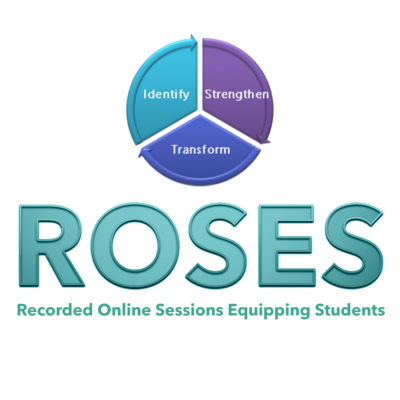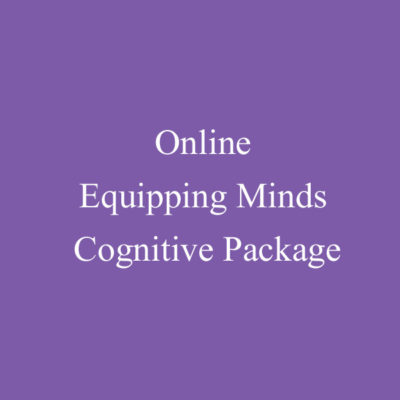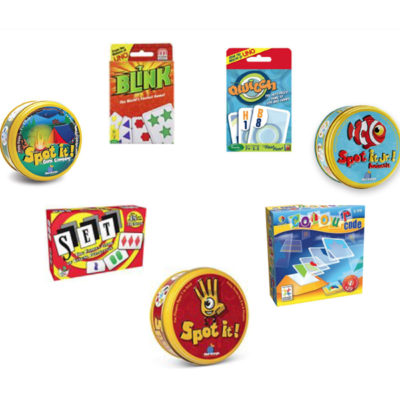From the Academic Success Center’s February Newsletter
Motivating Students
As the activity grew more complex, his determination increased! When I suggested giving him some assistance, he proclaimed, “No, that would not challenge my brain!” He proceeded to complete the task and said, “I am ready for another challenge!” My heart and face smiled. The transformation from frustration and fear of failure to confidence and a willingness to take risk had happened.
However, the first time I presented him with a challenge, tears filled his eyes. Over the last few months the focus has been on developing his processing, comprehension, attention, memory, thinking, and problem solving abilities through one on one brain enhancing exercises and games.
Why do some students reach their full potential and others do not? Most parents and teachers will tell you the difference is motivation. But what kind of motivation?
Recent studies suggest that children and adults who have internal motivation understand the joy that comes from learning and see mental and physical activity as their own reward. Their achievement scores and performance exceed their peers and their perceived abilities. The difference is not superior intelligence but superior cognitive abilities. They are also surrounded with teachers, parents, and even peers who encourage them to stop and think about the process rather than the product alone.
These students are not afraid to take chances, try new experiences, and do not avoid situations in which any chance of failure may exist. But can this be developed? Yes, I see it every day.
Please contact me if you are interested in learning more about helping your students develop their internal motivation and embrace challenges.
* Stress, depression, and anxiety can be underlying factors which can greatly impact academic and personal achievement. They can be the result or the cause.



